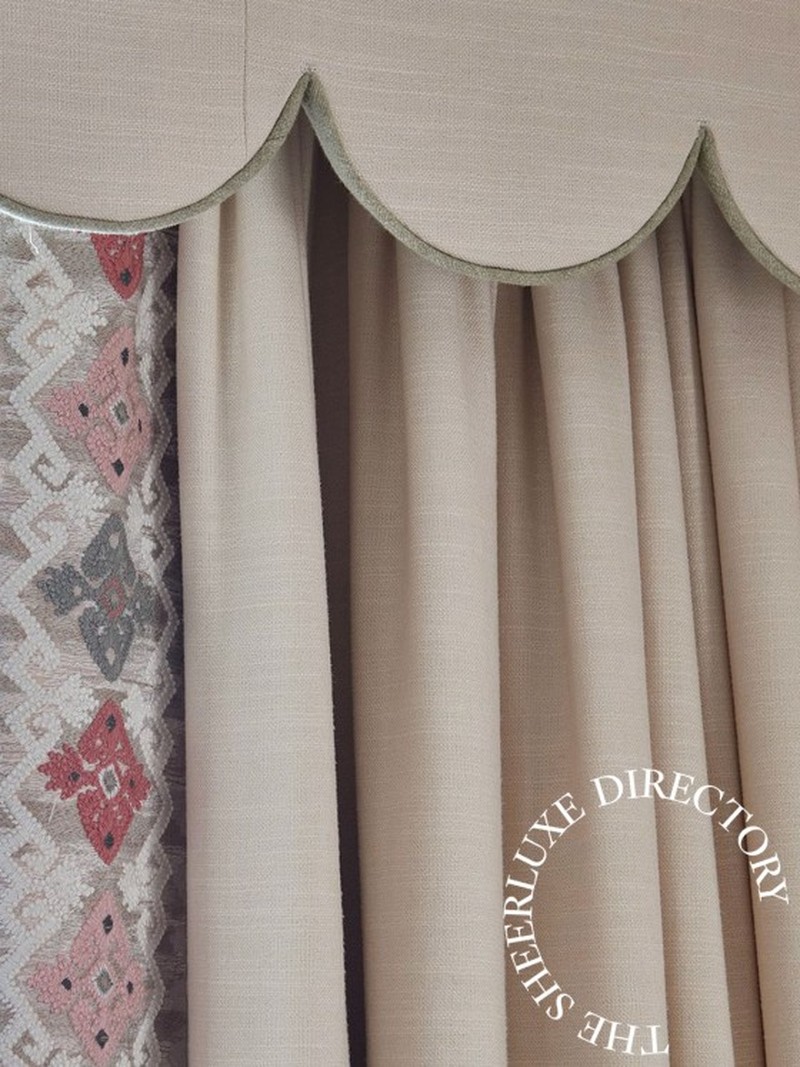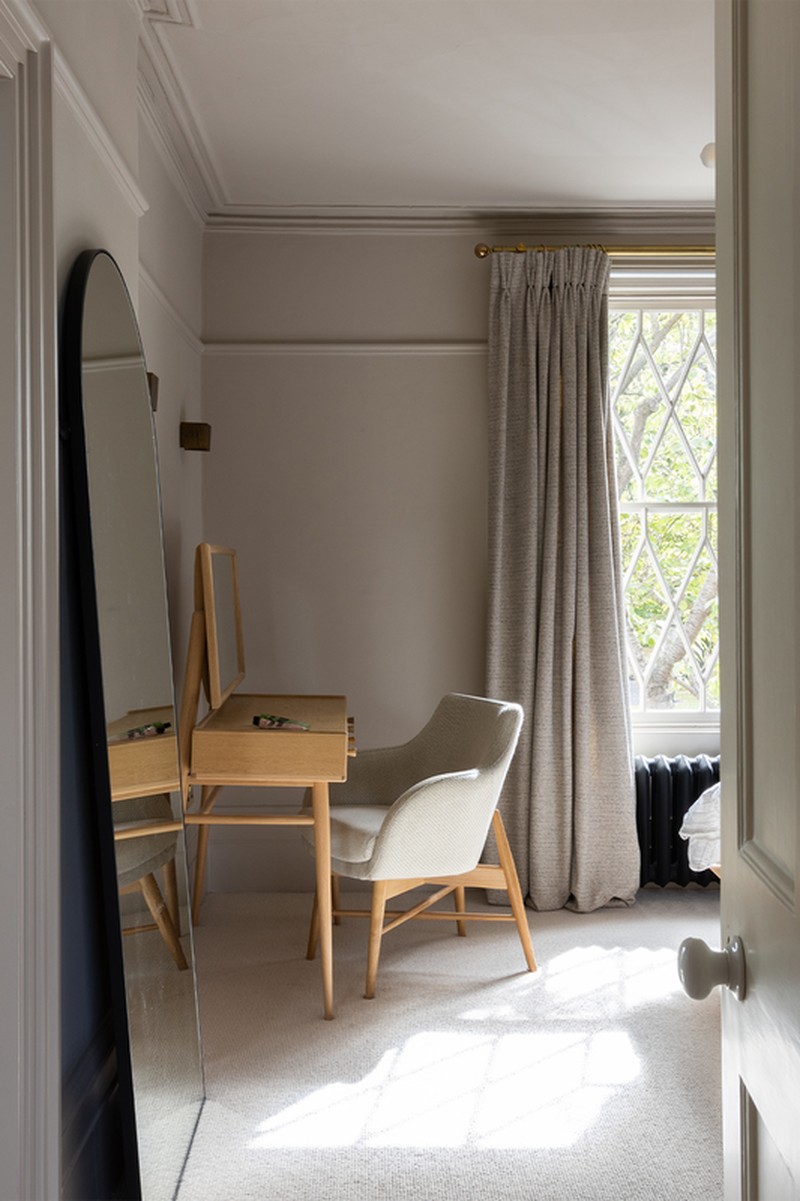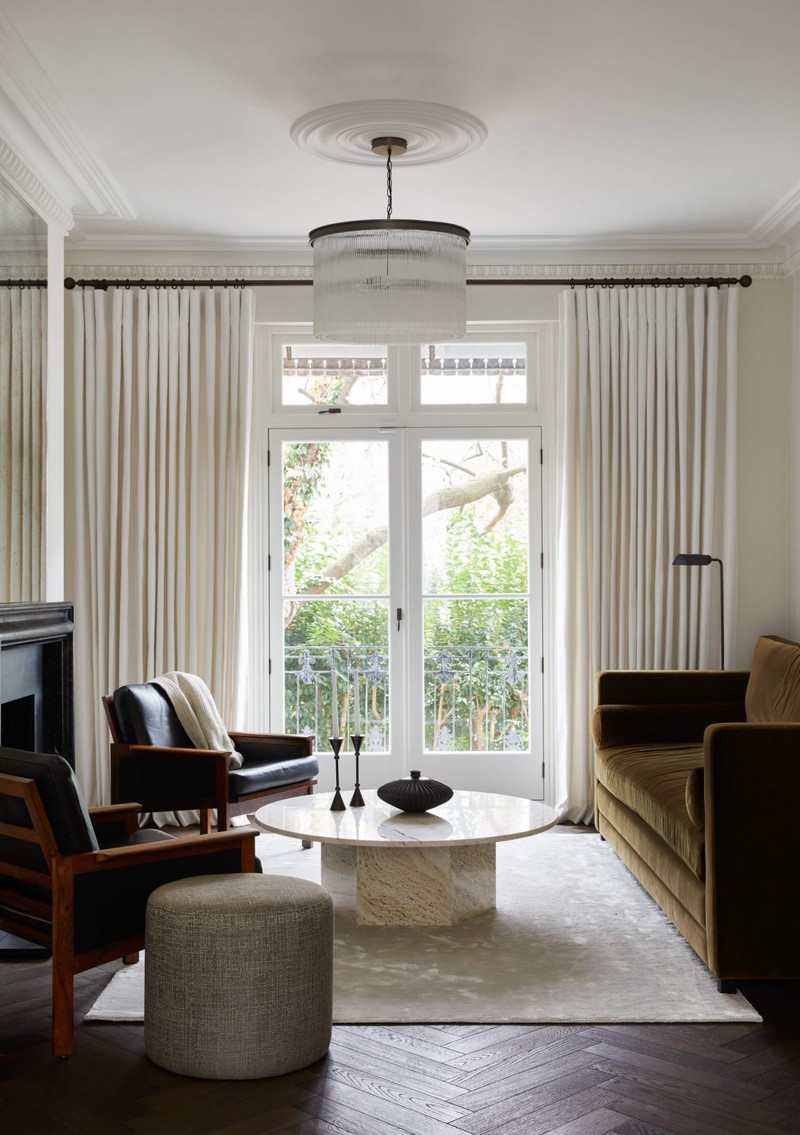The SL Directory: Curtain Makers
Pleat
Having grown up playing in piles of fabric, there’s very little Pleat co-founder Harriet didn’t learn from her talented seamstress mum Sarah, who has spent 30 years perfecting the art of hand-crafted curtains and blinds. Together, they make gorgeous window wear, championing exceptional British craftsmanship and good old-fashioned quality, bringing top-notch, handmade window treatments to the digital world. Curtain designs span all options, from pleated (of course) to gathered, blackout to sheer, and there are blinds available too. Choose from a range of eight fabrics in over 90 shades.
Visit Pleat.co.uk
The London Curtain Girls
Based in London but offering a nationwide service, The London Curtain Girls (Laragh and Mary) make bespoke curtains and roman blinds to order. Not only do they source and design window treatment solutions to suit you, they also have a stunning selection of wood and metal poles in a range of styles, colours and price points. The pair have also appeared on SheerLuxe friend Jo Good’s radio show and were responsible for making this bed canopy.
Sophie Sews
From a childhood spent redecorating and reorganising through to gaining her design diploma, it’s fair to say textile expert Sophie has been passionate about interiors all her life. Her knowledge is second to none – whether it’s knowing which pole will fit where, the colours to use or how to put it all together. Based in Surrey, Sophie and her team work locally but will travel to visit clients.
Visit SophieSews.com
Vervist
An expert in creating beautiful curtains for a variety of projects, Edward Brusnahan is the director of Vervist. Specialising in bespoke creations, all its handmade and interlined curtains are made to exacting standards using traditional methods by an in-house team of experienced makers in London.
Visit Vervist.co.uk
Sue Whimster Curtains
Sue Whimster has been making curtains for more than 20 years. She creates beautiful handmade curtains and blinds for interior designers, private clients and property developers alike. As well as hand-sewn, lined and interlined curtains, pelmets, blinds, headboards and cushions, there’s also a full range of accessories available. For each project, the team will provide a complete measuring and fitting service, supervised at every stage through personal site visits to discuss your requirements.
Visit SueWhimster.co.uk
London Curtain Makers
The team at London Curtain Makers have more than 60 years of experience between them and they are all passionate about producing beautifully handmade curtains. As well as great attention to detail, they offer a vast range of upholstery and designer fabrics – they’ve even worked with high-end brands including Chanel and Christian Dior.
Visit LondonCurtainMakers.com
Agota
Over the years, Agota has built a reputation as a first-class curtain maker for both residential and commercial projects. Launching her business more than seven years ago with support from the Prince's Trust, she now offers a full range of services – not just expertly crafting bespoke curtains and blinds, but also conducting site surveys, providing design consultations and handling installations.
Visit AgotaBalint.co.uk
The Curtain Tailor
Based in Putney, The Curtain Tailor is a soft furnishing studio and supplier that prides itself on its reliable and competitively priced service. As well as creating a range of soft furnishings, the team produce made-to-measure curtains and Roman blinds. You can either order curtains online or over the phone. Within Zones 1 and 2, they offer a free, in-house consultation, while those who live further afield can book a home visit for a small fee, which will be cashed in on a future order.
Visit CurtainTailor.co.uk
Pret A Vivre
Across three London showrooms – Fulham, Islington and Notting Hill – Pret a Vivre has a team of experts on hand to offer expert advice on all things curtains. If you can’t make it to a showroom in person, book a video consultation, during which your consultant will discuss your requirements and options, and introduce you to the full range of styles, hanging systems and fabrics.
Visit PretAVivre.com
Pins & Pleats
Pins & Pleats founder Caroline works out of her studio in Chiddingfold, Surrey, making made-to-measure curtains, blinds and soft furnishings. As a fully qualified curtain and blind maker, Caroline is fully involved in every aspect of the design and making process, from consulting through to advising on colour schemes and fabrics, right down to measuring, making and installing.
Visit PinsAndPleats.co.uk
Village Blinds
Founded by Kim Haddon in 2001, Village Blinds offers all types of window treatments, including motorised tracks and blinds, for clients based in south London. Kim arranges appointments with clients at their homes, where she measures, discusses their requirements and shows them a range of fabric or blind samples. Expect friendly, stress-free service – there's a reason her online reviews are glowing.
Follow @VillageBlindsLondon on Instagram
DISCLAIMER: We endeavour to always credit the correct original source of every image we use. If you think a credit may be incorrect, please contact us at info@sheerluxe.com.




